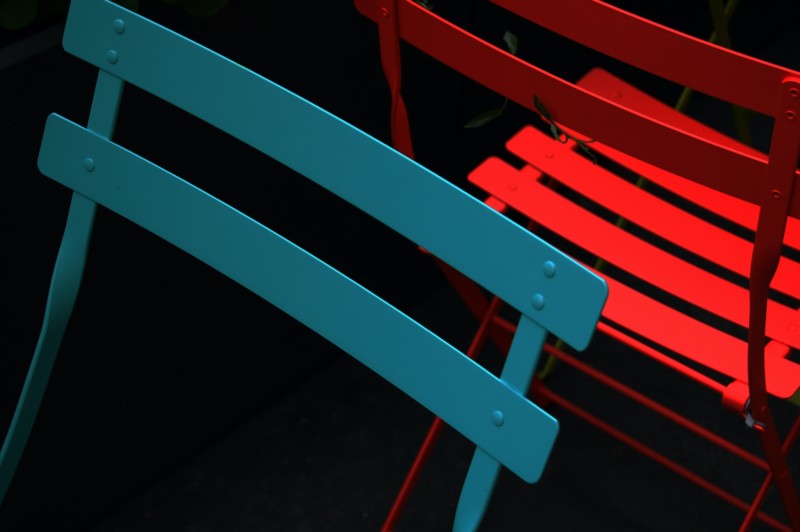How to Teach Yourself to See the ‘Secret’ Photo Moments Others Miss
Photographers will sometimes wonder why someone standing right next to them can find the perfect photograph, but they are left wondering how they even saw it to begin with. This short nine-minute video discusses how to learn to see those “secret” moments that can be easily missed.
Alex Kilbee, a British photographer and content creator through his YouTube channel “The Photographic Eye,” has worked as a professional in the industry for around thirty years. In a recent video, he shared ways that can help photographers of all levels unlock the ability to see and capture photographs all around them.
Kilbee’s first tip is to start “searching” which in turn develops our way of seeing. The latter is a topic often written about, however, Kilbee notes that if a photographer is not physically out there, it’s impossible to “see,” let alone achieve a shot. He says that whether photographers have shelves full of the latest equipment or are well versed in photography techniques, at the end of the day it doesn’t matter because a great image can only be achieved if the photographer is willing to go out and search for it.

Kilbee adds that what is an exciting subject for some, might not be to others, and instead advises photographers to seek out subjects that are appealing to them specifically. Also, he urges views to be open to spontaneous images along the way, instead of going out with a particular picture in mind. This shift in frame of mind can lead to photographs that excite, regardless of the subject.
When it comes to how photographers remember certain moments during which photographs were taken, Kilbee says it can often leave them disappointed when they later review the results. The human senses, such as sounds, noises, the warmth of the sun on the skin, are a part of the experience but don’t automatically transfer across to the image. Photographers shouldn’t rely on these to carry the moment and instead should block them out to be left with just the visual elements of the scene.

When it comes to the composition, Kilbee recommends photographers break away from the more traditional framing where the whole subject is visible and focus more on fragments of a scene instead. Photographing parts of things or even people can help develop a photographer’s way of seeing the world in a unique way which in turn leads to powerful compositions. In this case, the exclusion of elements is just as important as the choice of what is included.
Photographing the whole scene, on the other hand, brings another set of complexities. Kilbee notes that in this situation, the subject carries the weight of the scene, and the photographer has to treat it with attention and love and make it stand out.
Similarly, when working with a subject, the context of the visual story can add another dimension to the photograph as long as those elements are visually expected. For example, seeing a horse in a field or stables, or a boat in a harbor aren’t particularly noteworthy because the elements are where they would normally be found.

If the photographer has a good idea about their composition that could show these contrasting elements, an image like this can take the viewer by surprise and engage them more.
Lastly, Kilbee reminds viewers about the power of choosing the “right” viewpoint. Experimenting with a variety of viewpoints — especially ones that are not within our direct eye line — can show the chosen subject from a perspective that might not be generally expected and it can also show a different look at the relationship between two or more subjects.

The way that a photographer sees the world is unique and Kilbee encourages photographers to nurture and develop it further. He adds that to create the very best images each photographer is capable of, one must retrain their eyes, however as most skills, it simply requires perseverance and willingness to go out and try.
More of Kilbee’s educational and inspirational videos can be found on his YouTube channel.
Image credits: All images sourced from Unsplash and individually credited, with the main header image by Carmine Savarese.